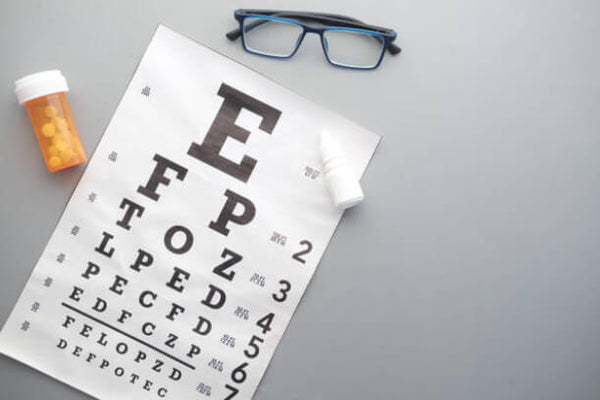Myopia affects 25% of the world’s population and an even higher proportion in certain ethnic groups and regions. It is becoming increasingly common in younger children, and parents are paying more and more attention to its prevention and treatment. In this article, we explore what myopia is, how to recognize and methods to control its development in children and adolescents.
What is myopia?
Myopia is a type of refractive error and a very common vision problem that makes distant objects blurry, while near objects are relatively clear. This is due to the shape of the eyeball extending too long or the cornea being overly curved, which prevents light from focusing accurately on the retina, resulting in blurred vision.

Symptoms of myopia
When not wearing corrective eyewear, common symptoms that you or your child has myopia are -
-
Blurry objects far away, such as road signs or distant billboards
-
Tired eyes sometimes easily dry
-
Increased blinking
-
Squinting or using vision at an angle
If you find your child squinting or blinking at a higher frequency, you may feel the need to make an eye examination appointment as soon as possible for an accurate diagnosis and professional advice.
Causes of Myopia
The exact cause of myopia is unknown, but there is a great deal of evidence that myopia is at least partly genetic. Children have a higher risk of developing myopia if their parents are myopic. Myopia usually develops before 10 years old and is likely to progress until a child is 18, or sometimes even older. In addition to natural reasons, it is now believed that a longer time indoors under artificial light, and the long-time use of the eye focusing in its near distant area, are the main factors in the progression of myopia. Prolonged focusing of the eyes on the closed vision area, such as the use of electronic devices and reading books, even playing board games, or practicing musical instruments, will cause an accelerated development of myopia in children.

Treatment and controlling progression
It is important to maintain good visual habits to slow down the progression of myopia, especially in children and adolescents. Without treatment, children progress at an average of 1.19D per year in Asian group samples.
Common treatments include-
-Spending 2 hours every day outdoors
-Limiting near vision use to 20-minute sessions
-Resting your vision frequently, by focusing on objects more than 20m away for more than 1 minute per half hour
-Myopia control lenses or contact lenses, which reorganize how light reaches the retina
which can effectively slow down progression, to develop under 0.50D per year.
Summary
Although there is no cure for myopia, the good news is that it is easy to recognize and treat myopia to control its development, which will largely increase the quality of later life.